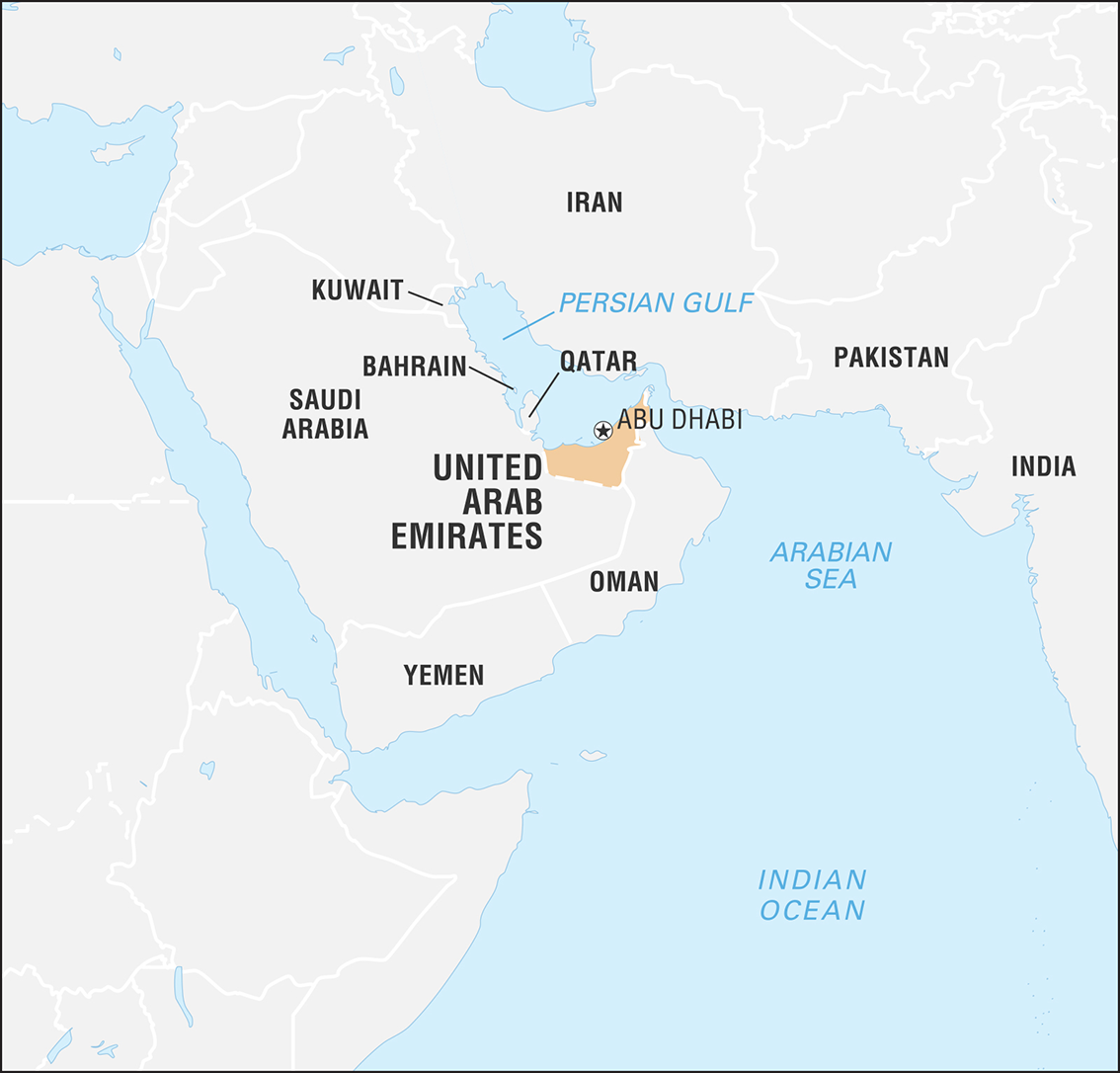International Relations
India-UAE CEPA
- 28 Mar 2022
- 8 min read
For Prelims: Types of Trade Agreements, India-UAE CEPA, Different forms of Trade Agreements.
For Mains: India and its Neighbourhood, Bilateral Groupings & Agreements, India-UAE Relations
Why in News?
Recently, the Comprehensive Economic Partnership Agreement (CEPA) between India and the United Arab Emirates (UAE) got finalised.
- India-UAE CEPA was signed on 18th February 2022, during the India-UAE Virtual Summit. The Agreement is expected to enter into force on 1st May 2022.
- CEPA provides for an institutional mechanism to encourage and improve trade between the two countries.
What are the Salient features of India-UAE CEPA?
- The Agreement is a comprehensive agreement, which will cover:
- Trade-in Goods.
- Rules of Origin.
- Trade-in Services.
- Technical Barriers to Trade (TBT).
- Sanitary and Phytosanitary (SPS) measures.
- Dispute Settlement.
- Movement of Natural Persons.
- Telecom.
- Customs Procedures.
- Pharmaceutical products.
- Government Procurement.
- Intellectual Property Rights (IPR), Investment, Digital Trade and Cooperation in other Areas.
What will be the Benefits of India-UAE CEPA?
- Trade-in Goods: India will benefit from preferential market access provided by the UAE, especially for all labour-intensive sectors.
- Such as Gems and Jewellery, Textiles, leather, footwear, sports goods, plastics, furniture, agricultural and wood products, engineering products, medical devices, and Automobiles.
- Trade-in Services: Both India and UAE have offered each other market access to the broad service sectors.
- Such as ‘business services’, ‘communication services’, ‘construction and related engineering services, ‘distribution services’, ‘educational services’, ‘environmental services’, ‘financial services, ‘health-related and social services, ‘tourism and travel-related services, ‘recreational cultural and sporting services’ and ‘transport services’.
- Trade-in Pharmaceuticals: Both sides have also agreed to a separate Annex on Pharmaceuticals to facilitate access to Indian pharmaceuticals products, especially automatic registration and marketing authorisation in 90 days for products meeting specified criteria.
What is the Background of India-UAE CEPA?
- About: India and the UAE enjoy excellent bilateral relations, which are deep-rooted and historical, sustained and nurtured by close cultural and civilizational affinities, frequent high-level political interactions, and vibrant people to people linkages.
- The India-UAE comprehensive strategic partnership was initiated during the visit of the Prime Minister of India to UAE in 2015.
- Status of Trade: India and the UAE have been each other’s leading trading partners.
- Trade: From USD 180 million per annum in the 1970s, India-UAE bilateral trade has steadily increased to USD 60 billion in FY 2019-20 making the UAE, India's third-largest trading partner.
- Exports: The UAE is also the second-largest export destination of India.
- Investments: The UAE is also the eighth largest investor in India with an estimated investment of USD 18 billion.
- Moreover, India and the UAE have recently entered into a Memorandum of Understanding (MoU) whereby the UAE has committed USD 75 billion towards infrastructure development in India.
- Economic Importance of UAE: The UAE is an important source of India’s energy supply and a key partner of India in the development of strategic petroleum reserves, upstream, and downstream petroleum sectors.
- Significance: The India-UAE CEPA will further cement the already deep, close and strategic relations between the two countries and will create new employment opportunities, raise living standards, and improve the general welfare of the peoples of the two countries.
What is CEPA?
- It is a kind of free trade pact that covers negotiation on the trade in services and investment, and other areas of economic partnership.
- It may even consider negotiation in areas such as trade facilitation and customs cooperation, competition, and IPR.
- Partnership agreements or cooperation agreements are more comprehensive than Free Trade Agreements.
- CEPA also looks into the regulatory aspect of trade and encompasses an agreement covering the regulatory issues.
- India has signed CEPAs with South Korea and Japan.
What are other Types of Trade Agreements?
- Free Trade Agreement (FTA):
- It is an agreement in which two or more countries agree to provide preferential trade terms, tariff concession etc. to the partner country.
- India has negotiated FTA with many countries e.g. Sri Lanka and various trading blocs as well e.g. Association of Southeast Asians Nations (ASEAN).
- Regional Comprehensive Economic Partnership (RCEP) is a Free Trade Agreement (FTA) between the ten member states of the ASEAN and the six countries (Australia, China, Japan, South Korea, India and New Zealand) with which ASEAN has existing FTAs.
- Preferential Trade Agreement (PTA):
- In this type of agreement, two or more partners give preferential right of entry to certain products. This is done by reducing duties on an agreed number of tariff lines.
- Tariffs may even be reduced to zero for some products even in a PTA. India signed a PTA with Afghanistan.
- Comprehensive Economic Cooperation Agreement (CECA):
- CECA generally covers negotiation on trade tariff and TRQ (Tariff Rate Quotas) rates only. It is not as comprehensive as CEPA. India has signed CECA with Malaysia.
- Bilateral Investment Treaty (BIT):
- It is a bilateral agreement in which two countries sit together and decide the conditions for private investments by citizens and firms of the two countries.
- Trade and Investment Framework Agreement (TIFA):
- It is a trade pact between two or more countries which establishes a framework for expanding trade and resolving outstanding disputes between countries.
UPSC Civil Services Examination, Previous Year Questions (PYQs)
Q.Consider the following countries: (2018)
- Australia
- Canada
- China
- India
- Japan
- USA
Which of the above are among the ‘free-trade partners’ of ASEAN?
(a) 1, 2, 4 and 5
(b) 3, 4, 5 and 6
(c) 1, 3, 4 and 5
(d) 2, 3, 4 and 6
Ans: (c)
Q. The term ‘Regional Comprehensive Economic Partnership’ often appears in the news in the context of the affairs of a group of countries known as (2016)
(a) G20
(b) ASEAN
(c) SCO
(d) SAARC
Ans: (b)







